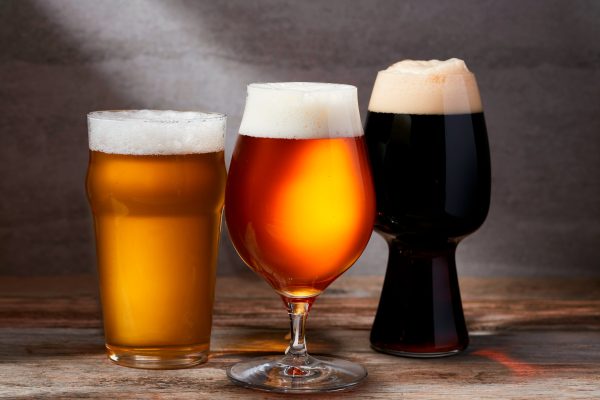
Before White Labs opened in 1995, founder and owner Chris White started making yeast for homebrewers as a side project while pursuing his graduate thesis. Today, White Labs has grown into one of the leading innovators and suppliers of liquid brewer’s yeast.
We caught up with Erik Fowler, Education & Engagement Curator at White Labs, who shared five interesting facts you might not have known about the beer ingredient that brings wort to life: yeast!
1. Yeast produce more than just CO2 and ethanol
Yeast contribute more than 600 flavor and aroma compounds which add complexity and nuance to beer. Beer can build upon, showcase or even diminish malt and hop flavors. One yeast strain might leave a residual malty sweetness while another might dry the beer out leaving a punching perceivable bitterness. The hazy IPA’s we’ve all come to enjoy wouldn’t be the same without a fruity ester producing yeast strain to complement the hops.
Get Free Yeast!

Join or renew your AHA membership in October and we’ll mail you a coupon for a free packet of White Labs yeast when you use offer code WHITELABS.
Redeem the coupon at your local homebrew retailer and get your brew on with one of White Labs’ Core Strains or try a speciality strain from one of the Vault Seasonal Releases.
Offer Expired
2. The majority of beers produced worldwide are lagers
Emil Christian Hansen was the first to isolate a pure culture of yeast in 1883 which was named Saccharomyces carlsbergensis, now known as Saccharomyces pastorianus or lager yeast. It can be argued that lagers popularity to this day is still due to the fact that the first “clean” single culture beer brewed was a lager from Hansen’s isolation.
3. Louis Pasteur is responsible for proving the cause of beer fermentation
Our understanding of fermentation is fairly recent. In 1866 with the aid of a microscope, Louis Pasteur was able to understand that yeast was responsible for beer fermentation. Before this point, fermentation was believed to be a spontaneous chemical reaction.
4. The original German Purity Law didn’t include yeast
Reinheitsgebot, also known as the German purity law, was introduced in 1516 which dictated beer must contain only barley, hops and water. Yeast was not known as being the cause of fermentation for more than 300 years when it was then added as an acceptable ingredient.
5. Not all yeast are great at making beer
Yeast domestication has been 500 years in the making and until recently were unknowingly selected for their positive properties. Most yeast is not alcohol tolerant, nor does it produce the positive flavors and aromas we’ve come to know in brewers yeast.



Share Post